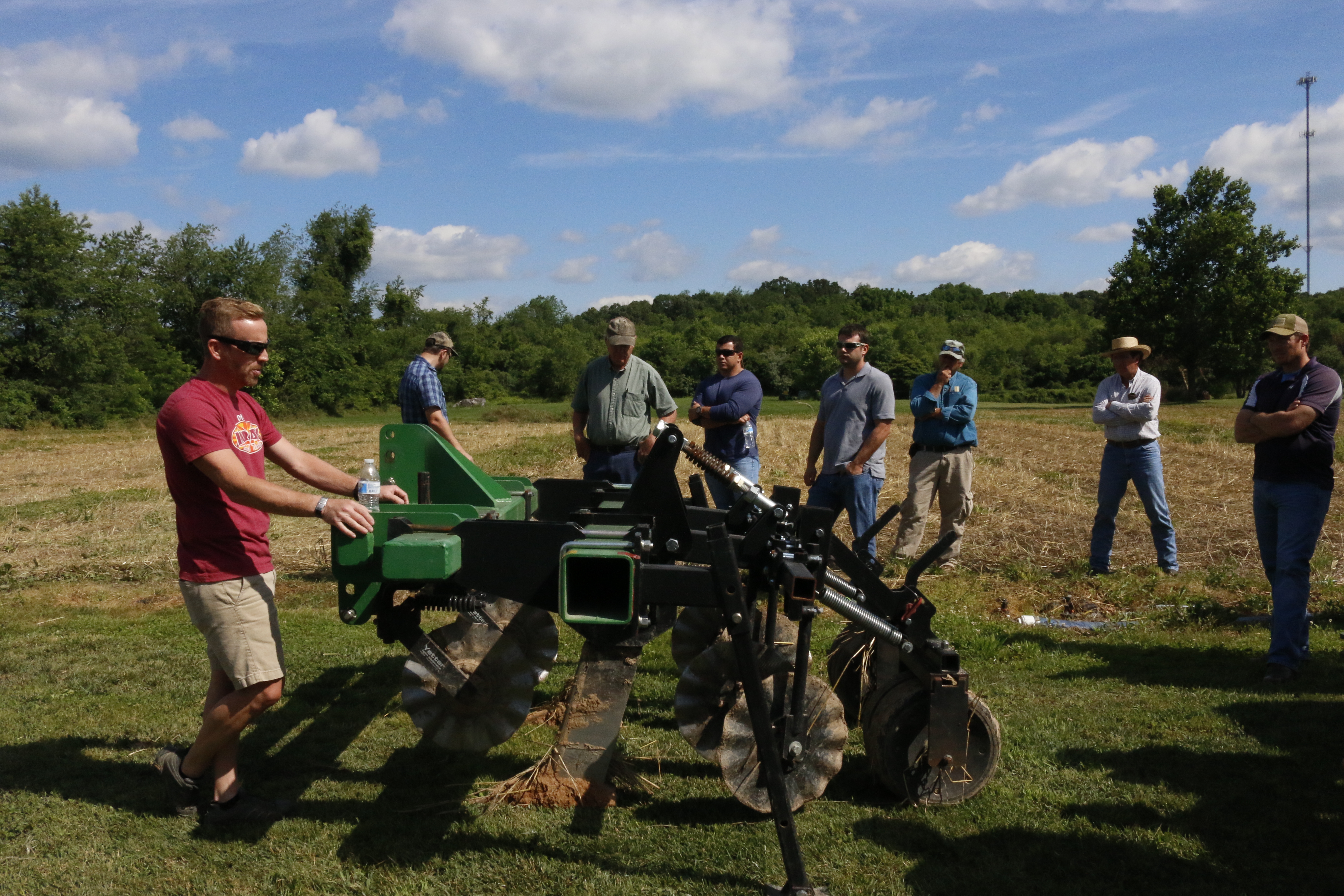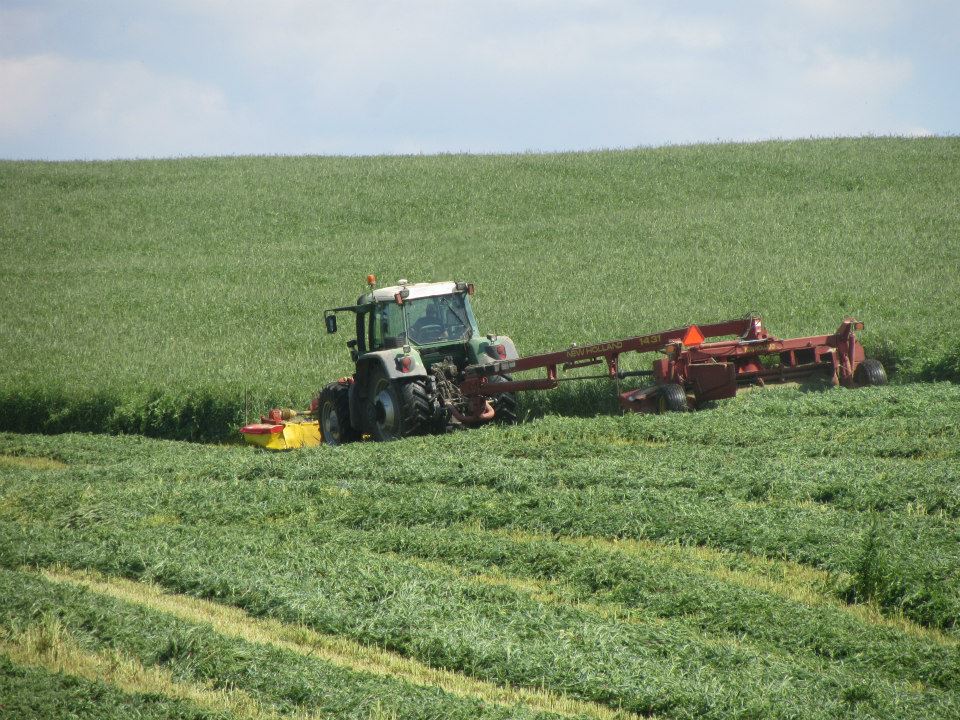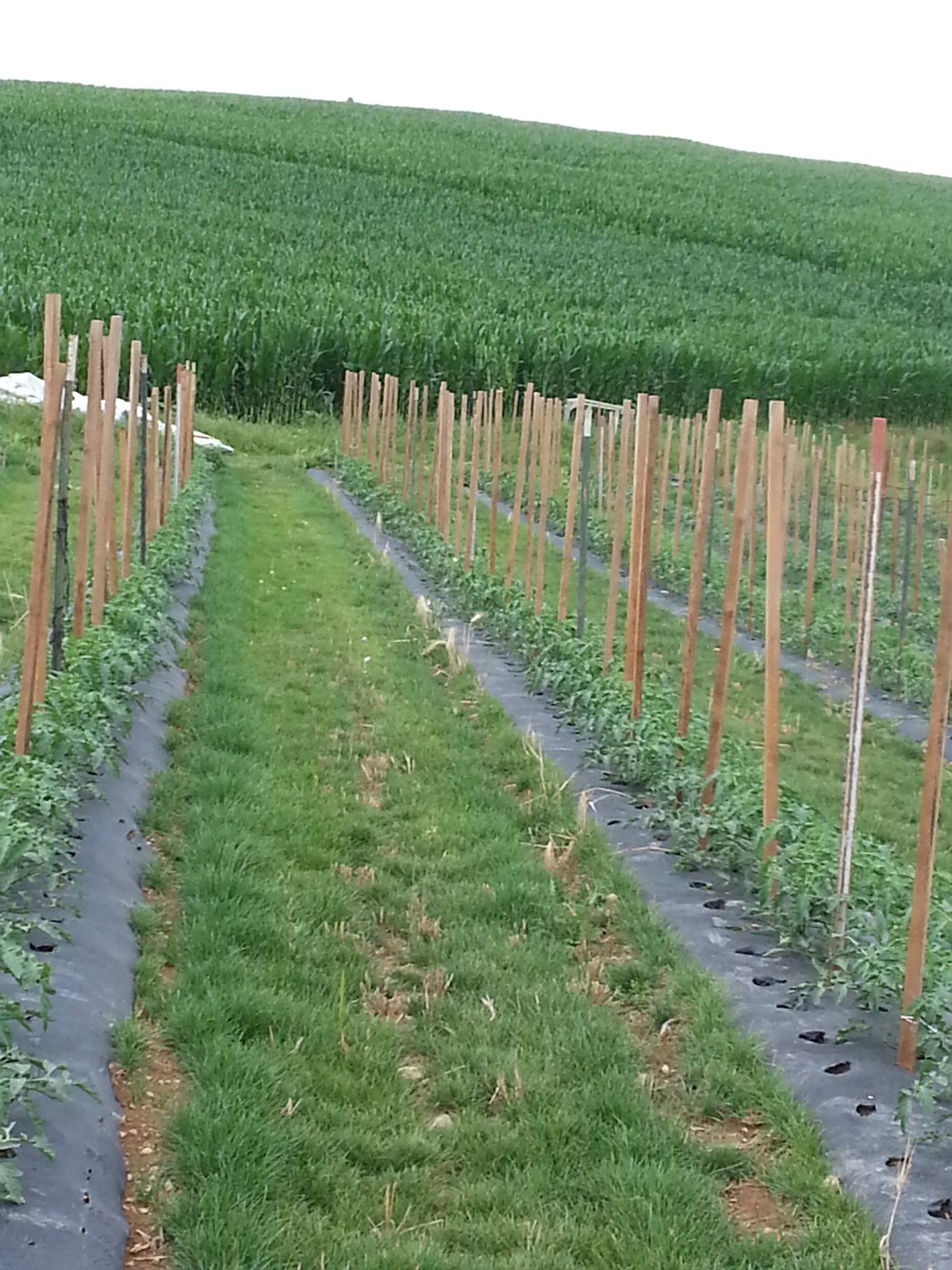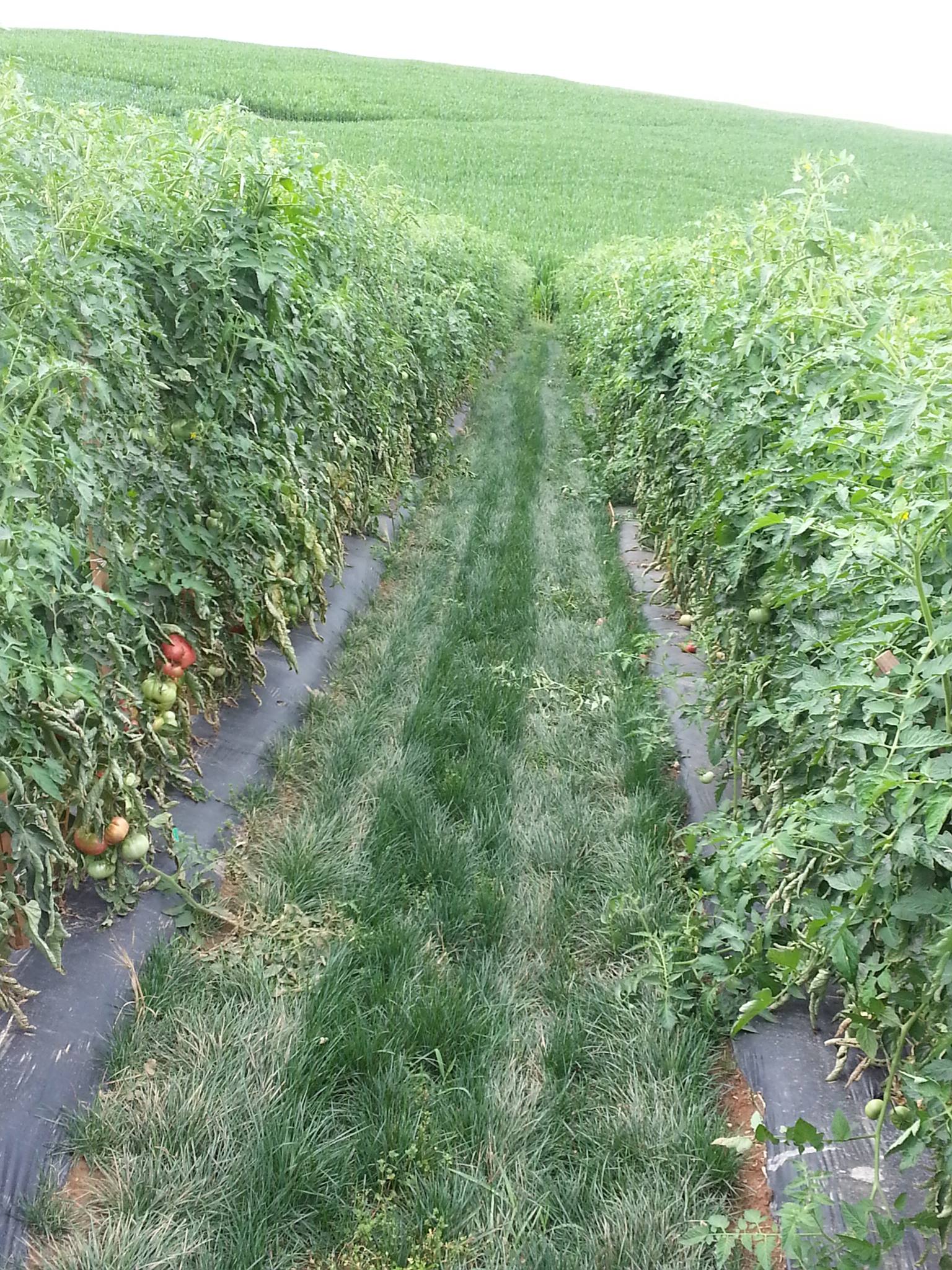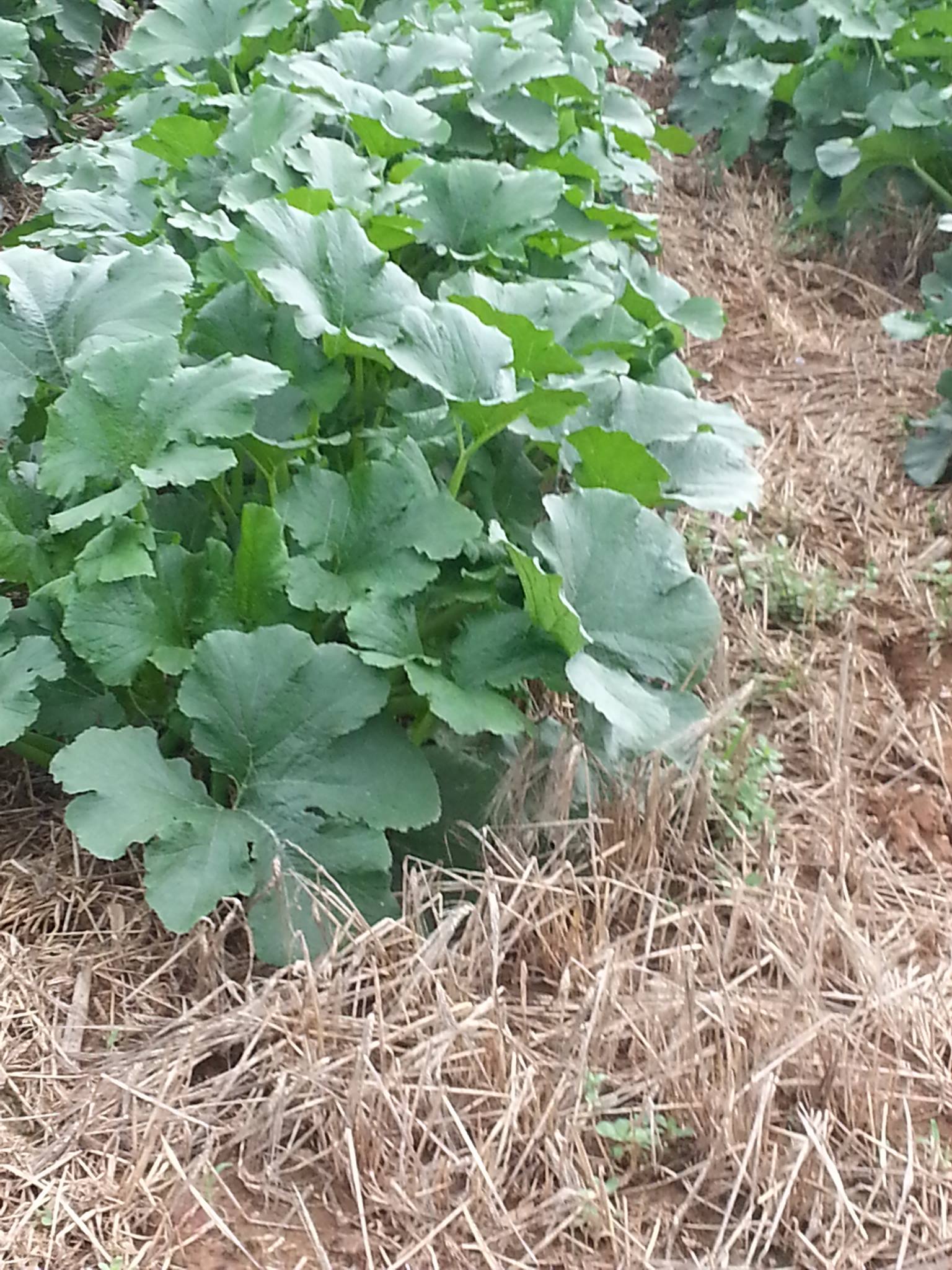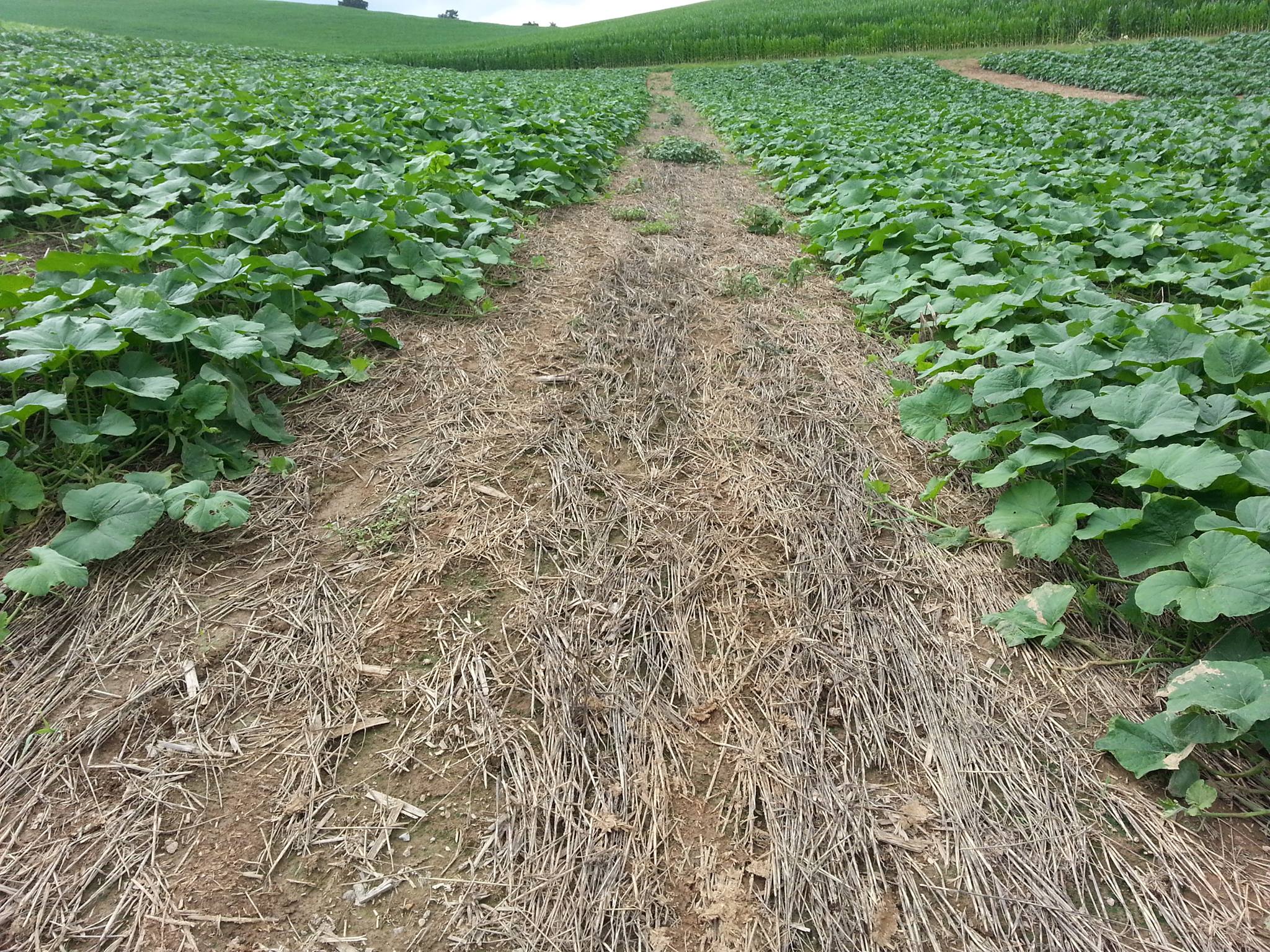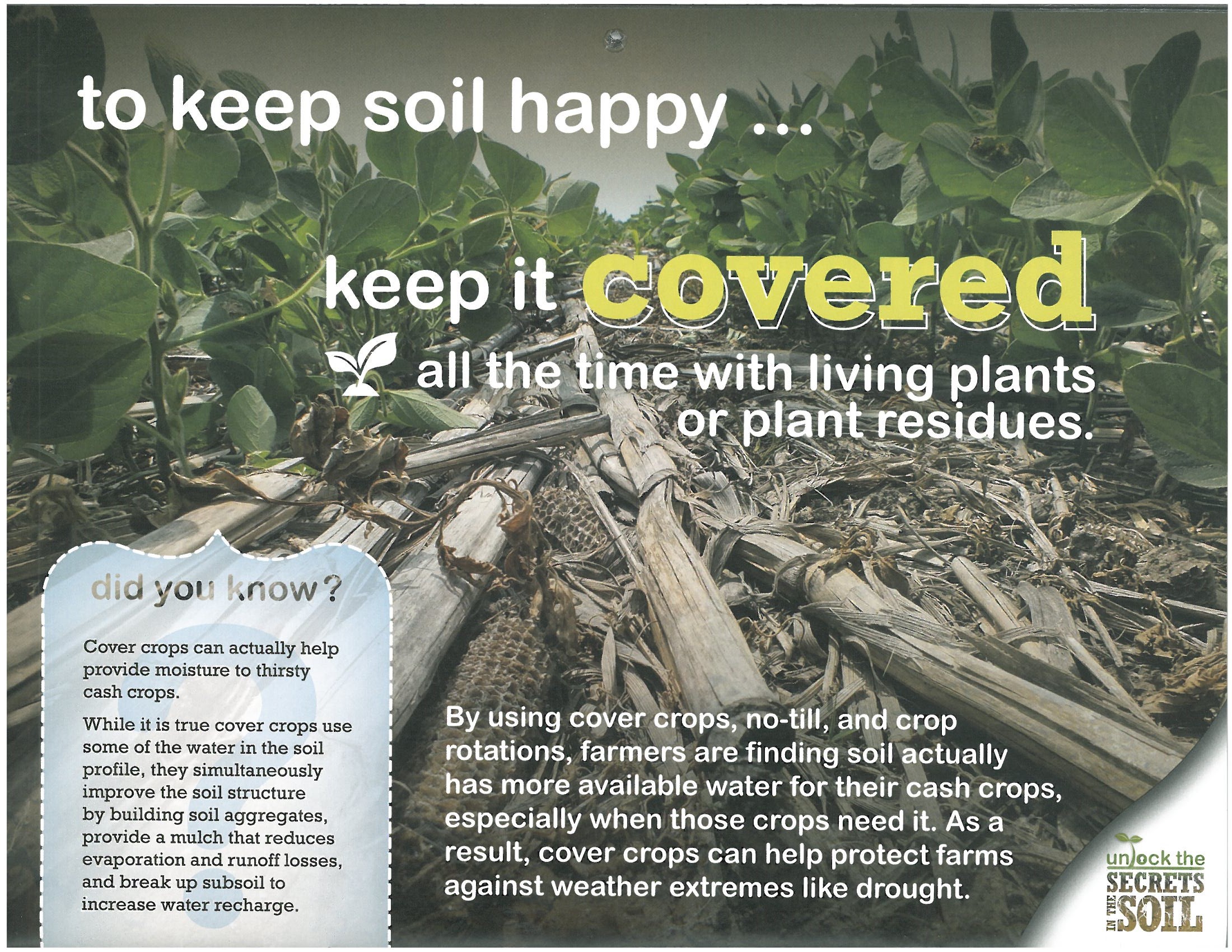We hope you have your calendars marked and plan to attend the 2019 Virginia Farm to Table Conference. The theme for this year is servant leadership and courageous conversation. Virginia Cooperative Extension, in partnership with USDA’s Natural Resources Conservation Service, Virginia Sustainable Agriculture Research Education (SARE), Virginia Department of Agriculture and Consumer Services (VDACS), LD&B Insurance and Financial Services, Virginia Farm Bureau Federation, Virginia Foundation of Agricultural Innovation and Rural Sustainability (VAFAIRS), and community partners present the eighth annual Virginia Farm to Table Conference on Thursday, December 5 and Friday, December 6, 2019, at Blue Ridge Community College’s Plecker Workforce Development Center in Weyers Cave, VA.
The planning committee is pleased to have Virginia’s Commissioner of Agriculture and Consumer Services Jewel H. Bronaugh, Ph.D., open the conference on Day 1. Dan Goerlich, Ph.D., associate director of Virginia Cooperative Extension will kick-off Day 2 with remarks on service, leadership, and conversation.
The planning committee has put together a solid core of speakers and practitioners for the two-day conference. Speakers and practitioners who may be of interest to you and your organization include:
- Elnian Glibert of ZingTrain
- Bob Muth of Muth Family Farm
- Dr. Timothy Woods of the University of Kentucky
- Amani Olugbala of Soul Fire Farm
- Danial Austin of Green Sprig Ag
- CJ Isbell of Keenbell Farm
- Charlie Wade of Deep Roots Milling
- Sarah Cohen of Route 11 Potato Chips
- Nancy Bruns of J.Q. Dickinson Salt-Works and J. Q. Dickinson Appalachain Mercantile
- Keith Ohlinger of Heritage Hill Farm
- J. B. Daniel of Virginia USDA-NRCS
- Matt Booher of Virginia Cooperative Extension
- And Others.
Speakers and panelists will address and share their experiences about The Art of Giving Great Service, Servant Leadership, Bottomline Organizational Change, Soil Management for Organic Farmers, Livestock and Grazing Management, Courageous Conversation: The What and How?, Nuts and Bolts of Values-Based Farming and Marketing, Growing and Marketing Small Fruit, and Dismantling Biases. There will be four value chain case studies presented during the concurrent sessions including Route 11 Potato Chips, Common Grain Alliance, and others. Additionally, participants wil have the flexibility for water cooler conversations and follow-up with confencerence speakers.
On Thursday evening, there will be Farm-to-Table Networking at the Granary at Valley Pike Farm Market with hors d’oeuvres and live music.
More details about the conference will be coming soon but mark your calendars for December 5 and 6! You will be challenged and inspired!
Learn more and register at https://tinyurl.com/2019VAF2TRegistration

